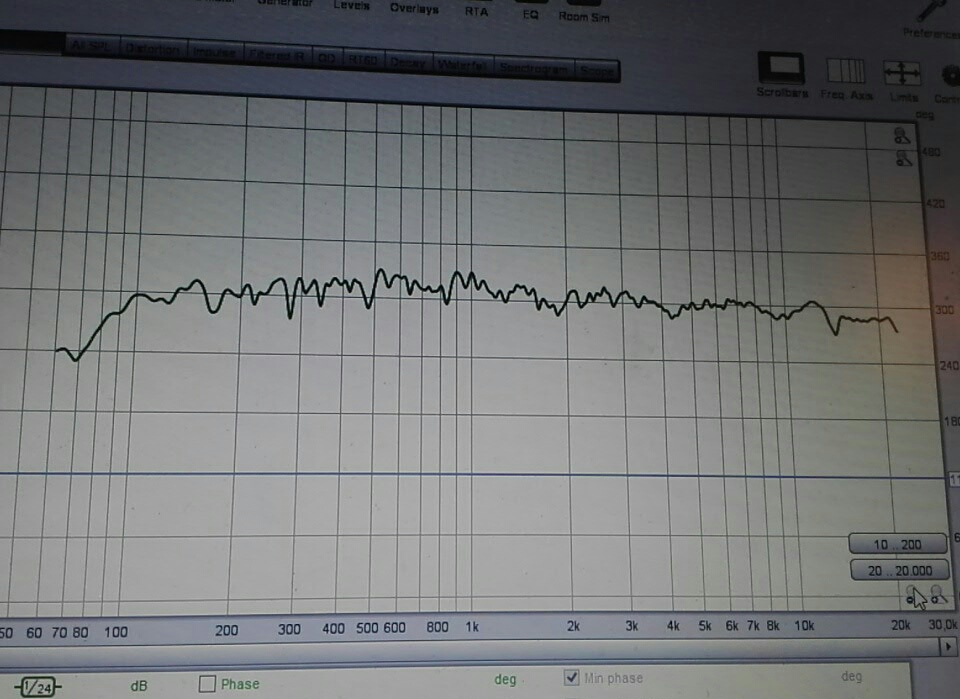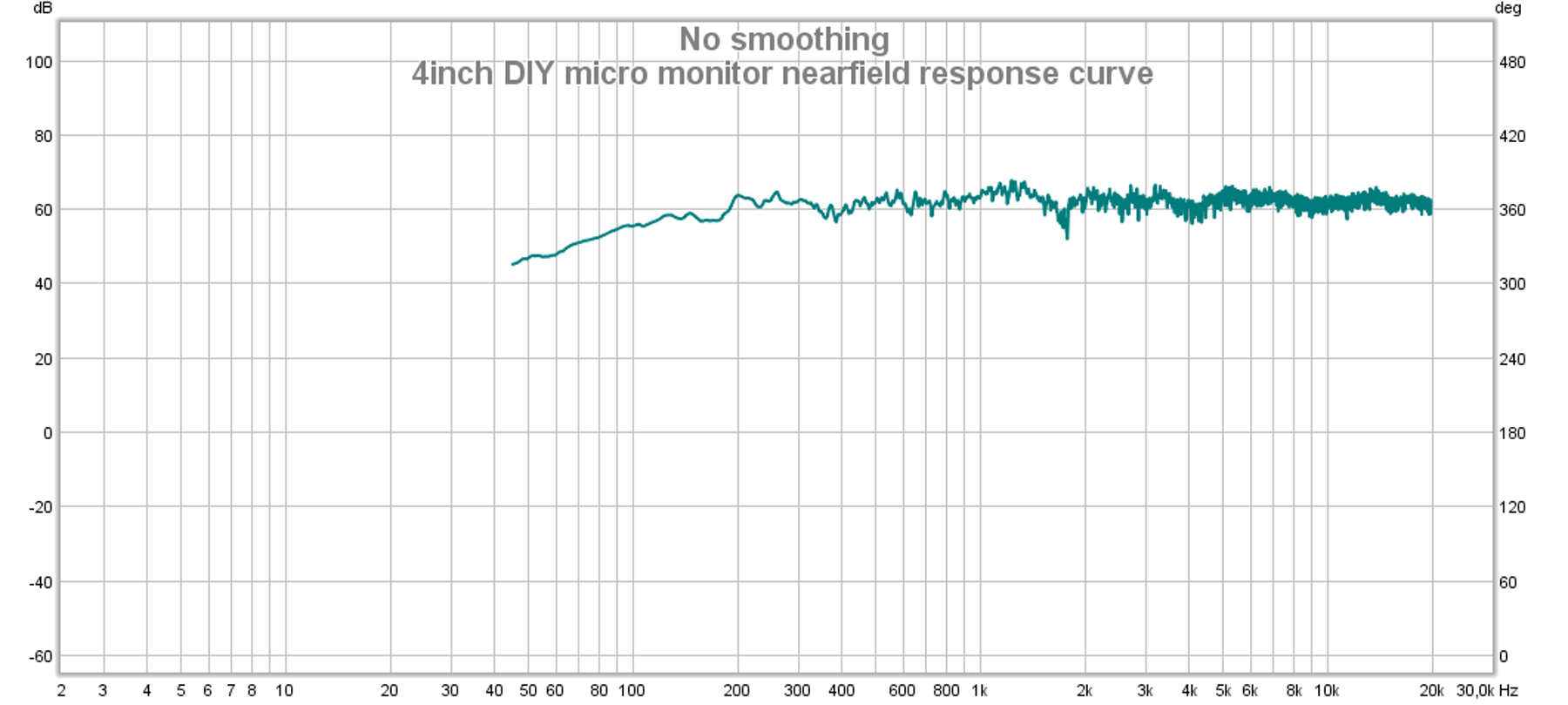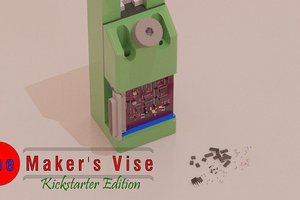you always wanted to 3D print your own speakers?
does rich sound in a small enclosure sound good?
do you have about 250€ and some free time?
never designed speakers before, but want to get your hands into it?
then this project is a good starting point for you!
it combines modern techniques (3D printing) with some classic techniques regarding speaker design.
The soundstage is expected to be huge for a speaker this size, with a extended low frequency response thanks to a passive radiator.
the total size of the speaker enclosures (without speakers mounted) is: 13x11x17cm
some specs:
87DB @ 1W/1M (1khz tone)
20wrms/channel
frequency response: 70-25000H
8OHM nominal
 8bit-bunny
8bit-bunny the response at 1 meter distance, in the 8*12meter living room, please don't go lower than 40hz, as the distortion starts to increase by alot (average 10% at the rms wattage, where 45-25000hz is 2% distortion at the rms wattage)
the response at 1 meter distance, in the 8*12meter living room, please don't go lower than 40hz, as the distortion starts to increase by alot (average 10% at the rms wattage, where 45-25000hz is 2% distortion at the rms wattage)

 As one can see, it starts to roll off slowly at 200hz, but it goes as low as 70HZ (without passive radiator!), the high end is very smooth and constant, no slight roll-off at all.
As one can see, it starts to roll off slowly at 200hz, but it goes as low as 70HZ (without passive radiator!), the high end is very smooth and constant, no slight roll-off at all.

 ben.brochtrup
ben.brochtrup
 Greg Stephens
Greg Stephens